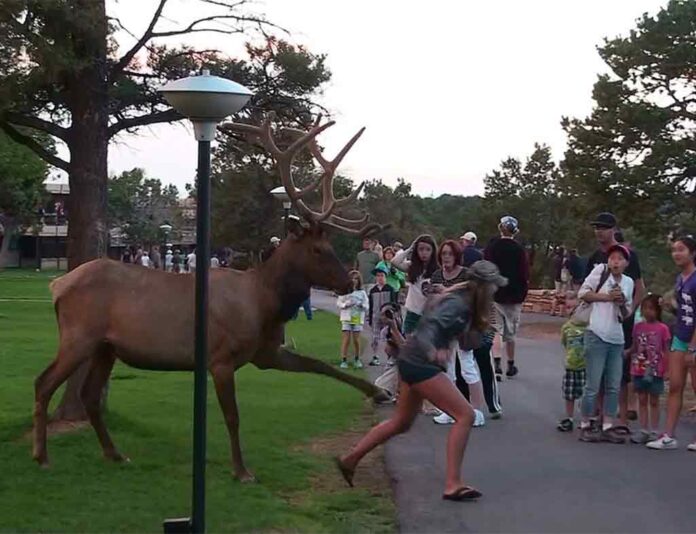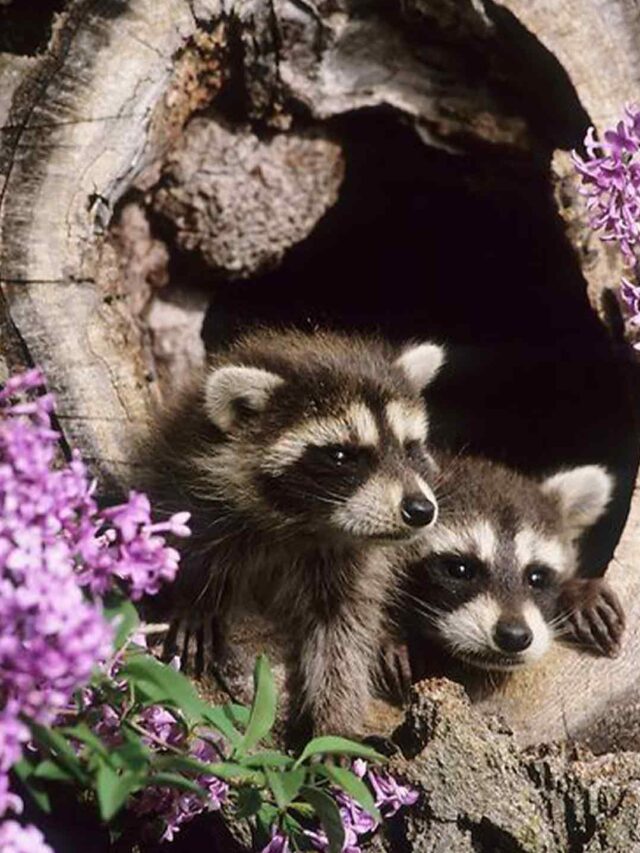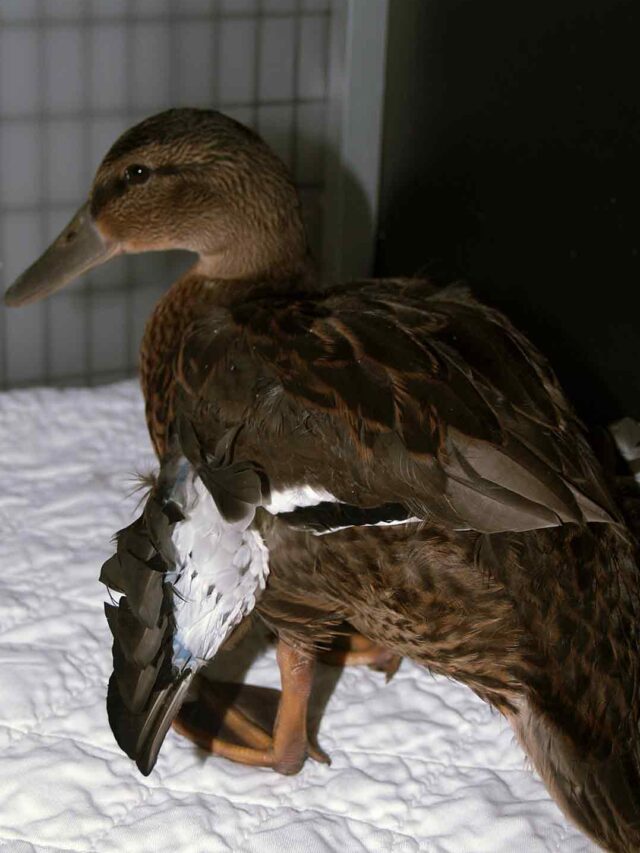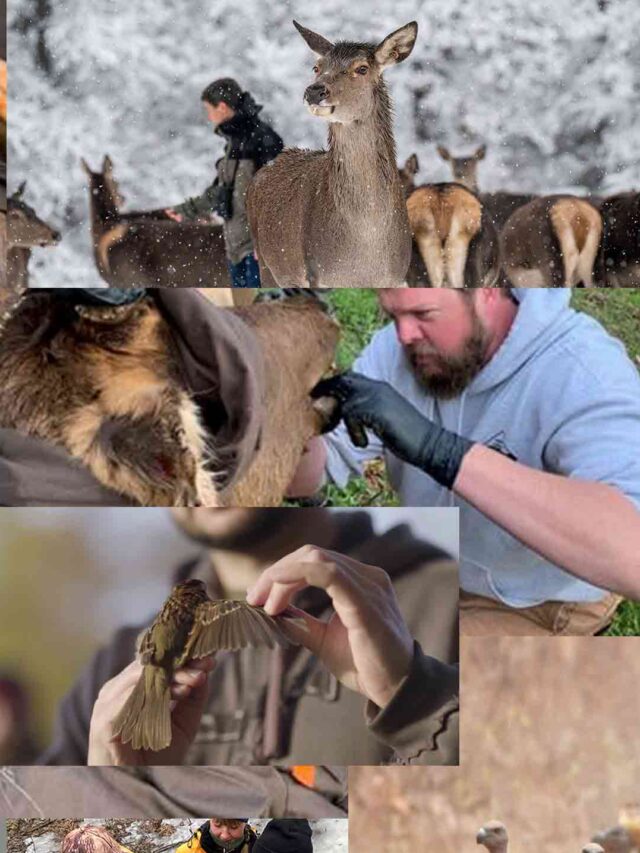
Table of Contents
Urban Wildlife in United States Introduction
The presence of wildlife in urban areas is a common phenomenon across the United States, where bustling cities and suburban landscapes intersect with natural habitats. From squirrels and birds to raccoons and deer, a diverse array of species have adapted to thrive amidst the concrete jungles of urban environments.
Common Species Found in Urban Areas
Urban wildlife encompasses a wide range of species, each with its own unique adaptations for city living. Some of the most commonly encountered urban wildlife in the United States include squirrels, pigeons, raccoons, opossums, foxes, coyotes, and various species of birds such as sparrows, pigeons, and crows.
Challenges Faced by Urban Wildlife
Despite their ability to adapt to urban environments, wildlife in cities face numerous challenges, including habitat loss, pollution, vehicle collisions, predation by domestic pets, and human disturbance. These factors can impact their health, behaviour, and overall survival of Urban Wildlife in United States
Impact of Urbanization on Wildlife Habitats
The rapid expansion of urban areas has resulted in the fragmentation and degradation of wildlife habitats, forcing many species to seek refuge in urban parks, green spaces, and even backyard gardens. Loss of habitat can lead to reduced biodiversity and increased competition for resources among wildlife populations of Urban Wildlife in United States
Human-Wildlife Conflicts
As urban wildlife populations increase, conflicts between humans and animals can arise, particularly when wildlife ventures into residential areas in search of food and shelter. Instances of property damage, nuisance behaviour, and occasional attacks on pets can strain relations between humans and wildlife.
Conservation Efforts and Solutions
Efforts to mitigate human-wildlife conflicts and protect urban wildlife are underway across the United States. These initiatives include habitat restoration projects, wildlife corridors, education and outreach programs, and the implementation of wildlife-friendly practices in urban planning and development for Urban Wildlife in United States
Benefits of Urban Wildlife Presence
Despite the challenges they pose, urban wildlife also provides numerous benefits to human communities. They contribute to biodiversity, help control pest populations, and offer opportunities for recreation, education, and wildlife appreciation in urban settings.
Wildlife-Friendly Practices for Urban Residents
Urban residents can play a vital role in promoting coexistence with wildlife by adopting wildlife-friendly practices such as securing garbage bins, avoiding feeding wildlife, providing habitat enhancements like bird feeders and nesting boxes, and supporting local conservation efforts.
Importance of Biodiversity in Urban Environments
Maintaining biodiversity in urban environments is essential for the health and resilience of ecosystems. Urban green spaces provide vital habitats for wildlife and serve as corridors for species movement, helping to maintain genetic diversity and ecological balance of
Educational Initiatives and Awareness Programs
Educational initiatives and awareness programs aimed at raising public awareness about urban wildlife and promoting wildlife-friendly behaviours are crucial for fostering harmonious coexistence between humans and wildlife in urban areas. These efforts can empower communities to become stewards of their local wildlife and advocate for their protection.
FAQs about Urban Wildlife in the United States
-
Are urban wildlife populations increasing or decreasing?
- Urban wildlife populations vary depending on factors such as habitat availability, human activity, and conservation efforts. Some species may thrive in urban environments, while others may struggle to adapt.
-
What should I do if I encounter wildlife in my backyard?
- If you encounter wildlife in your backyard, it’s best to observe from a distance and avoid approaching or feeding them. If the animal appears injured or distressed, contact your local wildlife authorities for assistance.
-
How can I attract wildlife to my backyard in a safe and responsible manner?
- You can attract wildlife to your backyard by providing food, water, and shelter in the form of bird feeders, water features, and native plants. Avoid using pesticides and herbicides, as they can harm wildlife and their habitats.
-
Are there laws protecting urban wildlife in the United States?
- Many states and municipalities have laws and regulations in place to protect urban wildlife and regulate human-wildlife interactions. These laws may include restrictions on feeding wildlife, trapping, and hunting within city limits.
-
What role can urban residents play in conserving urban wildlife?
- Urban residents can play a crucial role in conserving urban wildlife by practising wildlife-friendly behaviours, supporting local conservation efforts, and advocating for wildlife-friendly policies in urban planning and development.












